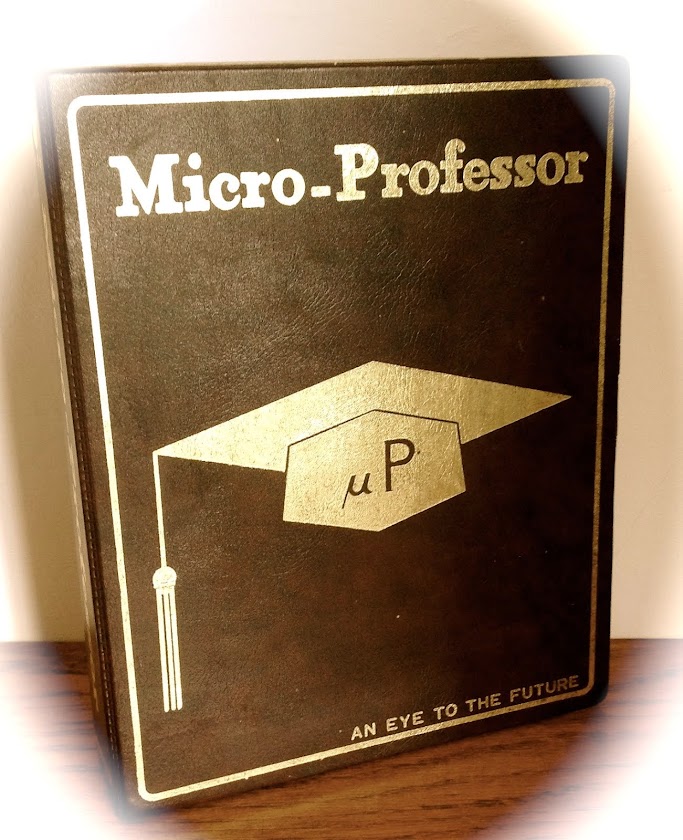Turing’s work on developing early versions of computers led to the
imitation game as a way of investigating whether computers can think? The
imitation game (Turing test) involves a participant in one room, a human
confederate (someone whose behavior is under the direction of the experimenter)
in another room and a computer terminal containing a program that simulates
intelligence also in another room. The task for the participant is to decide
which is human. In 1951 Turing predicted that by 2000 the average person, naïve
to the fact that an interaction partner was a computer program, would assume
humanness 70% of the time. Undoubtedly these ideas inspired the foundation of
Artificial Intelligence (AI). Its subsequent evolution is brilliantly
summarized on the BBC’s iWonder website http://www.bbc.co.uk/timelines/zq376fr.
In July 2015 an article on research that
uses an echoborg (a human who acts as the mouthpiece for an artificial
intelligence system) for the Turing test was featured on the BBC Futures
website http://www.bbc.com/future/story/20150717-the-people-possessed-by-computers and for one week in September 2015 AI was a featured topic on the BBC reflecting a contemporary fascination
with sharing our personal and working spaces with intelligent agents
However, the penetration of AI into Education (AIED) was not covered. AI
techniques mean that artificial agents could replace teachers. An Intelligent tutor
(IT), based on adaptive AI systems, means that learning contexts can be
personalized for a student. The system (IT) uses a teacher-pupil model to
adjust the learning task to an appropriate level and a task model to provide
appropriate feedback to the student. Pedagogically sound opportunities to learn
can be extended in both reach and frequency. A teacherbot has been used to
answer student questions on a massive open online course (a MOOC). Teaching
presence on MOOCs is sparse so that students who enroll on a MOOC need not
incur a financial cost. Therefore, researchers are investigating ways in which
the teacher can be assisted, or replaced by, a bot. https://www.timeshighereducation.co.uk/news/ask-teacherbot-are-robots-the-answer/2020326.article. Other examples of AI
contributions include the ECHOES project that targets atypical development
issues by using virtual agents to engage with children on the autism spectrum
in order to improve their communication skills. http://echoes2.org/?q=node/2.
Versions of the headline ‘Intelligent agents replace teachers’ are
increasingly common. ‘What if’ this transpires? with teachers replaced by AI
products (robots, bots, virtual agents). What questions does it raise for
Education? For example, what would it mean for a socio-cultural pedagogy that
AI products are linguistically challenged and on current appraisal likely to remain
so? Furthermore, the interdependence of emotion and cognition when learning is
increasingly recognised, with empathy a foundational element of successful
interpersonal interaction. There is
evidence from Neuroscience that both language and empathy are uniquely human
capacities with dedicated brain structures and neural pathways. For a
socio-cultural perspective meanings arise through social interaction and enable
us to pursue personal goals and to think beyond the actual. It is social
interaction that enables creativity. Therefore, it is significant that a recent
report from Nesta concluded that ‘creative occupations are more future-proof to
technologies like machine learning and mobile robotics’ http://www.nesta.org.uk/publications/creativity-vs-robots.
That the ability to transform knowledge and create history through
social interaction is a uniquely human ability can be supported by evidence
from Neuroscience. However, according to Kevin Warwick http://www.kevinwarwick.com, by comparison with
computers, our human ability to communicate information is slow, limited in
reach, and error prone and our reliance on language may become ‘excess baggage’.
Educational Neuroscience, a multidisciplinary area that assesses the potential
of Neuroscience for informing Education, could usefully contribute to the debate.
